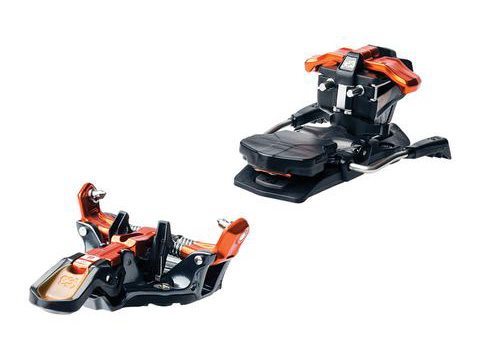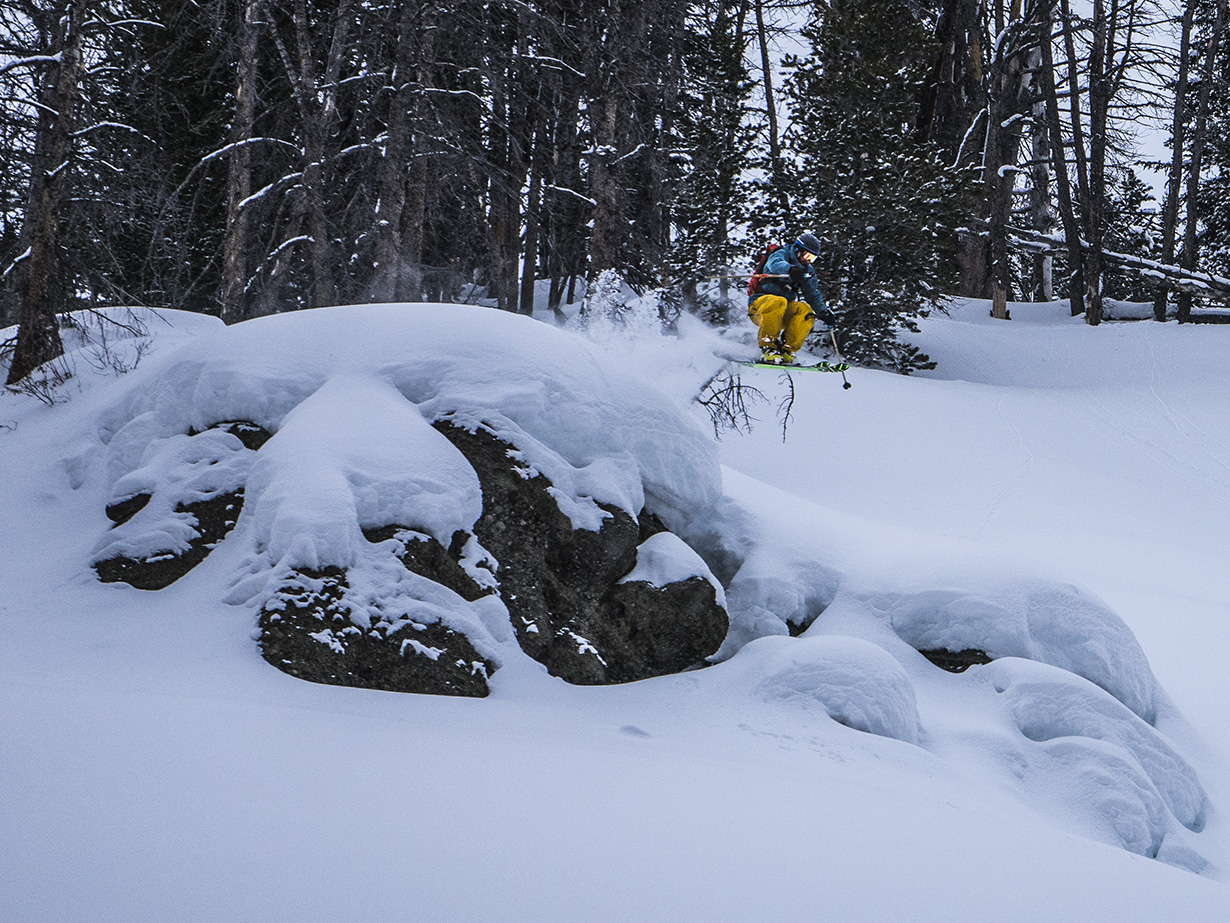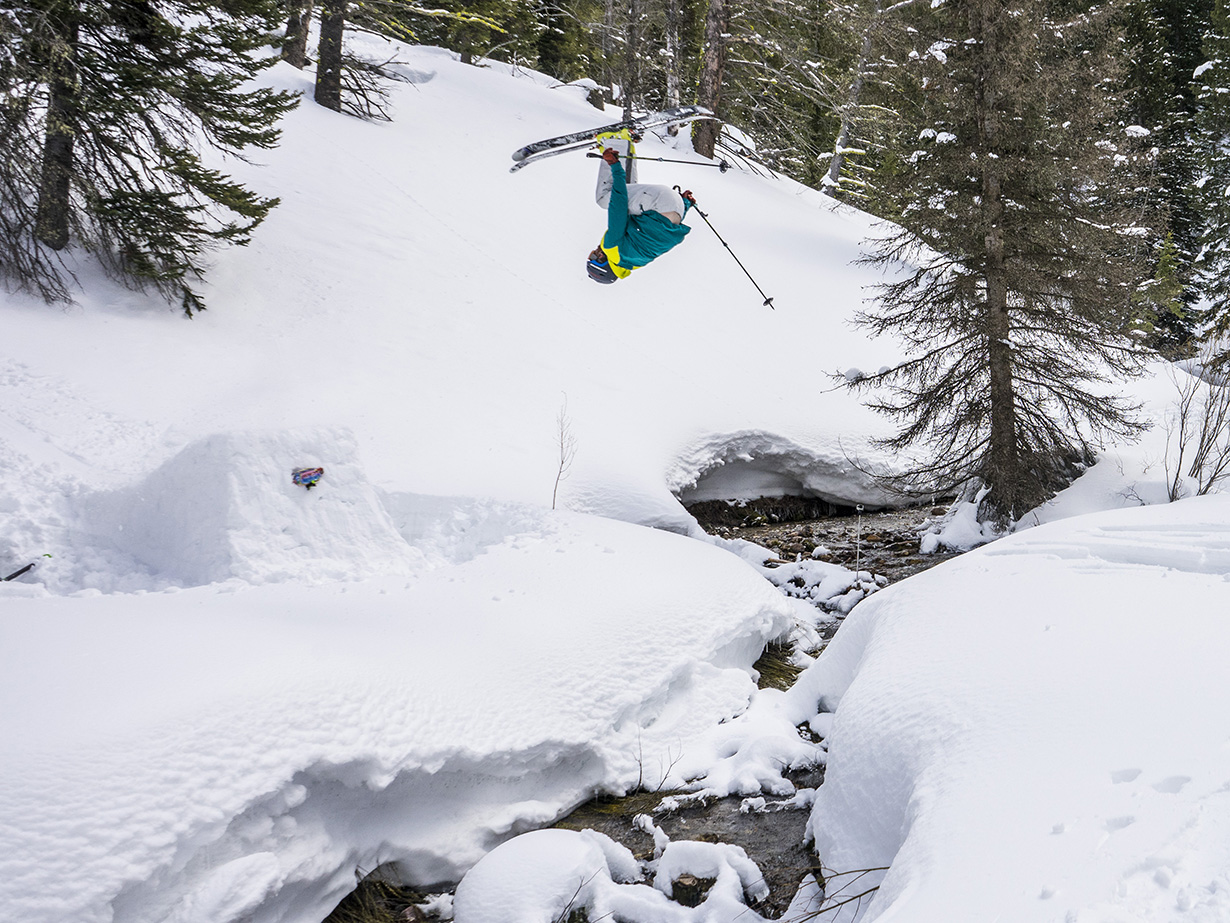
2020-2021 G3 ION 12 Binding
MSRP: $499
Available Brakes: 85, 105, 130 mm
Blister’s Measured Weight per Binding:
- Toe piece: 193 & 196 g (with screws)
- Heel piece: 443 & 445 g (with screws)
- Total Weight per Binding: 636 / 641 grams
Test Locations: Canterbury Club Fields, NZ; Cooke City, MT; Mt Hood, OR; Teton Pass, Togwotee Pass, Grand Teton National Park, Grand Targhee, WY.
Days Tested: 40+
[Note: Our review was conducted on the 16/17 ION 12, which was not changed for 17/18, 18/19, 19/20, or 20/21.]
Intro
Last spring we published our Alpine Touring Binding Shootout, where we compared the G3 ION 12 to the Marker Kingpin, Fritschi Diamir Vipec, Dynafit Radical 2.0, and Dynafit Beast 14. For full comparisons to those bindings, check out that Deep Dive article .
I’ve been using the G3 ION 12 as my default touring binding for over a year and a half now, so I’ll be weighing in here with a more in-depth look at the ION’s 12 performance, durability, and best user.
Deep Dive Comparisons
Become a Blister Member or Deep Dive subscriber to check out our AT Binding Deep Dive where we directly compare the ION 12, Fritschi Vipec Evo 12, Fritschi Tecton 12, Dynafit ST Rotation, Salomon / Atomic Shift MNC 13, Marker Kingpin, Marker Duke PT, & CAST Freetour, and discuss what you tend to gain and give up by going to much lighter AT bindings.
Design
Out of all the tech bindings in our shootout, the ION 12 looks the most “traditional.” It’s got a standard, non-rotating toe, and the heel is very reminiscent of the Dynafit Radical series — it rotates either direction into touring mode, and the risers are easy to flip down with a pole.
That simplicity means that the ION 12 doesn’t have as many high-zoot features to list. There is no lateral release or elasticity in the toe, and while the heel is spring loaded, unlike the original Radicals, it doesn’t have any sort of alpine-clamping mechanism, like the Marker Kingpin or Dynafit Beast. The spring loaded heel does mean that you set the ION up without any heel gap, unlike a traditional tech binding. This makes setup much quicker.

There are, however, a few design features worth noting. The first is that all the fasteners on the ION 12 use a standard Pozi drive screwdriver, which is something that anyone who’s had to carry a bag full of various bits for their Dynafits should appreciate.
The second is that the toe springs are elevated a bit more than most other AT bindings, and G3 has included a channel underneath that the tip of a pole fits into easily. This makes it very easy to de-ice the toes, without having to fumble for a knife.
Finally, the ION’s 12 heel risers are by far the easiest to use out of the AT bindings we’ve tested. They flip up or down easily with the nudge of a pole basket. This may seem like a minor detail, but I really find myself missing the ION’s risers when I tour on the Kingpin, especially on longer tours.
Transitioning
The ION 12 is the most difficult binding to transition from tour mode to ski mode we tested. It requires manual activation by twisting the heelpiece by hand. To twist the heelpiece by hand with your boots still locked into the toes requires a bit more acrobatics and force than bindings like the Kingpin, and it’s easy to pinch your fingers if you’re not careful.
That said, we still find transitioning in the ION 12 to be very easy, and after my first week using them, I haven’t had any more issues with pinched fingers in the rotating mechanism.
Downhill Performance
I’ll re-iterate Jonathan and Brian’s impressions from the AT Binding Shootout, and then add my own experiences.
Jonathan:
The ION 12 definitely felt like the most traditional “tech” binding of the bunch. While I’ve gotten along quite well with the ION 12 this winter going uphill, I am not a fan of the harsh ‘tech’ feel produced by a lack of elasticity / elastic travel in the binding.
But if you’ve gotten along fine with the “connected” / harsh feeling of traditional tech bindings, then you probably are not going to mind — and in fact, you might like or even prefer — the downhill feel of the ION 12.
Brian:
I would agree with Jonathan that the ION 12 feels the most traditional out of all the bindings. But as Jonathan notes, I felt that the ION 12’s more traditional feeling also translates into more precision — a more connected feeling in a turn.
Interestingly, after our inbounds testing of these bindings, I did some pretty significant A/B testing in some of the harshest, refrozen snow I could find. And my takeaway was that in really tough conditions, none of the bindings in our test clearly stand out in terms of suspension / a lack of harshness, even as the snow begins to soften up a bit. And if we’re talking about corn skiing? Simply waiting another 15-30 minutes made a much bigger difference than switching to any of the particular bindings in our test in refrozen conditions.
Cy:
After spending more time in the Marker Kingpin both in and out of bounds, I’d agree with both Jonathan and Brian that it is more powerful than the ION 12. But before I was skiing the ION 12, I spent my time on Dynafit Speed Turns, and the ION is noticeably more powerful and forgiving. I notice the difference in feel between the Dynafit Speed Turn and the G3 ION much more than I notice the difference between the ION and the Kingpin. I’ve adjusted to the different feel of the ION compared to an alpine binding to the point where I’m comfortable skiing just about any conditions on them. And since this is a touring binding I think it’s worth re-iterating Brian’s note that he found the particular snow conditions to matter more than which binding he happened to be on.
If I’m skiing the ION I’m walking uphill to earn my turns. Hopefully that means I’m skiing pow or corn. Sure, I wind up skiing bad snow when I tour occasionally, but I really try not to. That means I rarely find myself missing the more alpine-like feel of the Kingpin. However, if you plan to ski your AT tech binding inbounds regularly, you’ll probably be happier on something like the Kingpin.

NEXT: Safety / Release, Durability, Etc.

Great review
Any additional thoughts on tech binding release safety? There is a big range of safety in non DIN/ISO products and it would be helpful to know how this binding ranks compared to Vipec, Shift, etc.
I have them for one season and they realese so much in any condition that i desided ti change them for others…. they look fine and no shop or 3g can tell me why…. so i change them…. very desepointed about them
The G3 ion 12 does a great job of controlling large skis in the resort and in the backcountry on steep technical terrain. I used them with little issues for 10-15 times. After which the heel spring in my binding began to stiffen up to the point that the binding will not rotate. My friend has the same issue developing in her binding. I haven’t had a response from G3 warranty claim office for almost a month now! Is this due to a change in manufacturing of the binding as of 2019-2020. Great binding initially but poor quality heel springs and poor customer service :/
I’ve had the toe lever fall off after about 20 days use. Bought 2019 so out of warranty. With Covid restrictions I’ve not been able to use them for almost two seasons. G3 offered me 25% off another pair. No thanks – if this had happened further away from home I’d have been completely screwed!